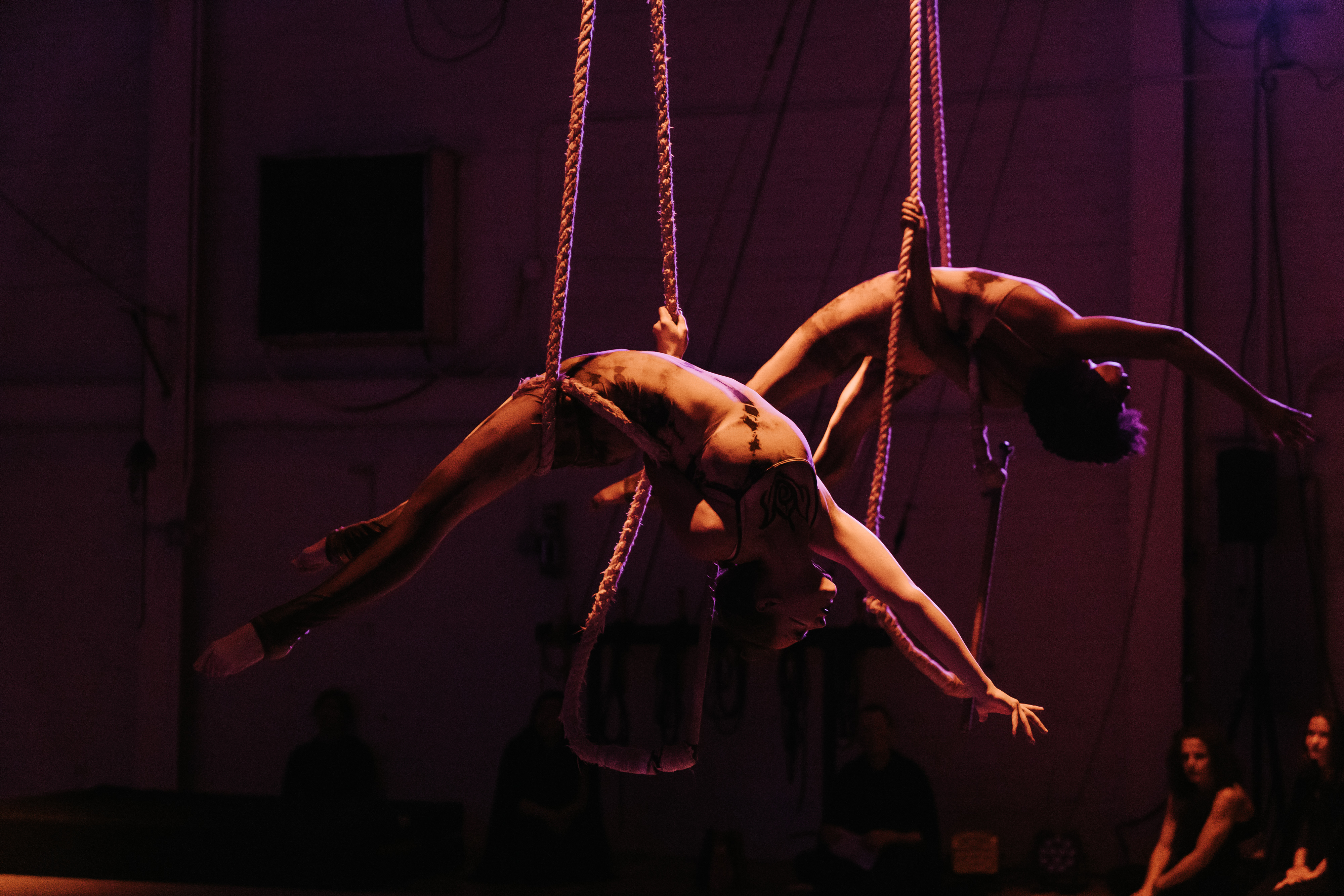
I'm Laura, nice to meet you.
I'm a Product Designer with passion for visual and interaction design. I’m committed to using my industry knowledge and experiences abroad to create meaningful user experiences that translate across a multitude of mediums and bring people together.
When I’m not designing, I’m usually hanging from a trapeze at my circus gym or listening to a good podcast.

In 2007, I spent a year as an exchange student in a rural town in Brazil. The chance to learn the rules of a different culture was both thrilling and transformative.
Over the next decade, I traveled as much as I could, eager to step into someone else’s shoes. I like to observe, listen to people and find out how things work.
The ability to step into someone’s shoes is what user experience design is all about.
What has made me a curious traveler is the same thing that makes me a successful Product Designer - the ability to adapt to changing situations and listen to people’s needs in order to better serve them.
My encounters abroad drive me to create experiences that translate across a multitude of mediums and connect people from different cultural backgrounds.
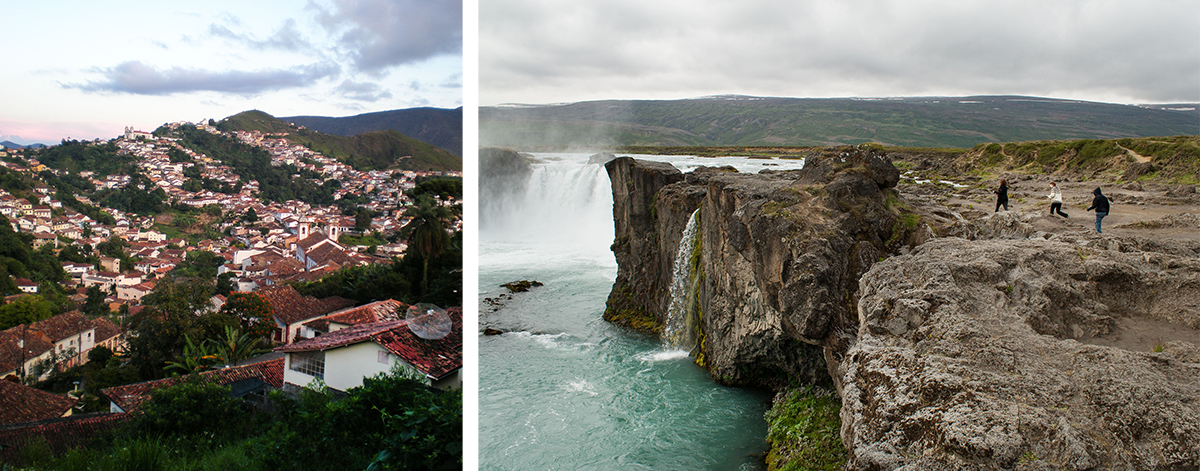
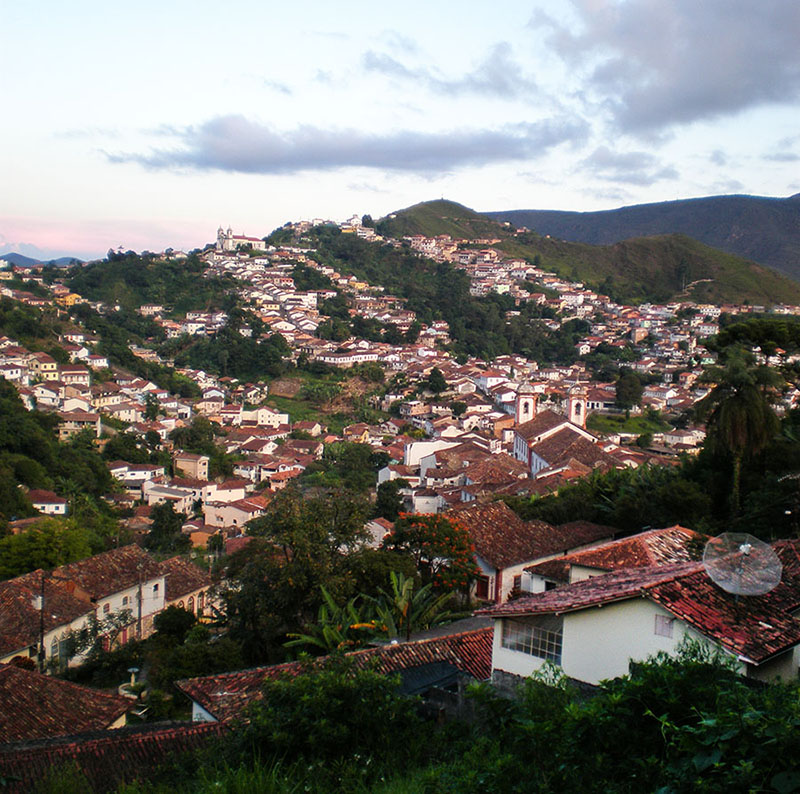
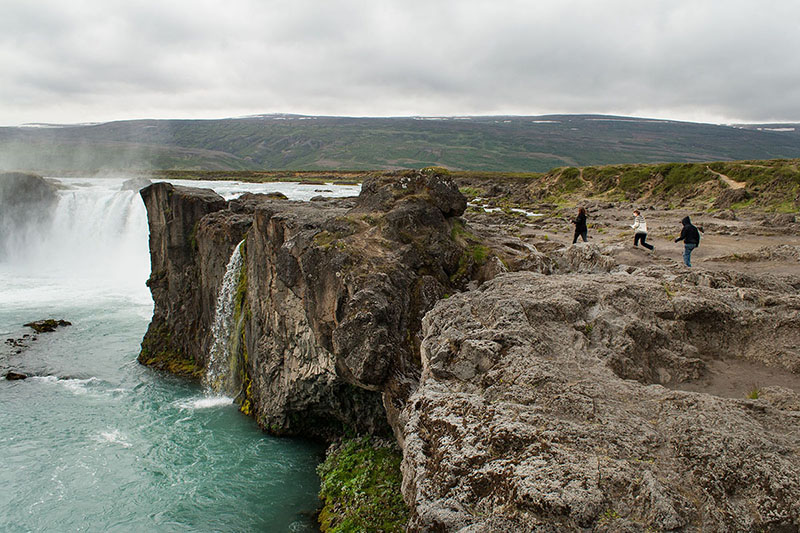

I’ve held all sorts of jobs and titles in the design world before finding UX design. I started my professional career as a photography assistant almost a decade ago, where I discovered I had an eye for symmetry, color, and composition.
Soon after I worked my way into the cultural heritage field, eager to combine my love of history and visual design. I earned a Master’s degree in International Heritage Visualization--a dynamic and growing field of digital heritage and 3D documentation.
Upon graduation, I had the opportunity to learn from some of the pioneers in the industry at the Digital Design Studio (DDS) at the Glasgow School of Art and their partner, Historic Environment Scotland. Alongside a talented team, I laser scanned
historic structures, developed 3D models from real-world data, and stitched together panoramic photographs of World Heritage sites for VR applications.
My work at the DDS trained me to assess a technical problem and solve it using a range of technologies and context-specific methods, essential skills that I routinely employ as a Product Designer.
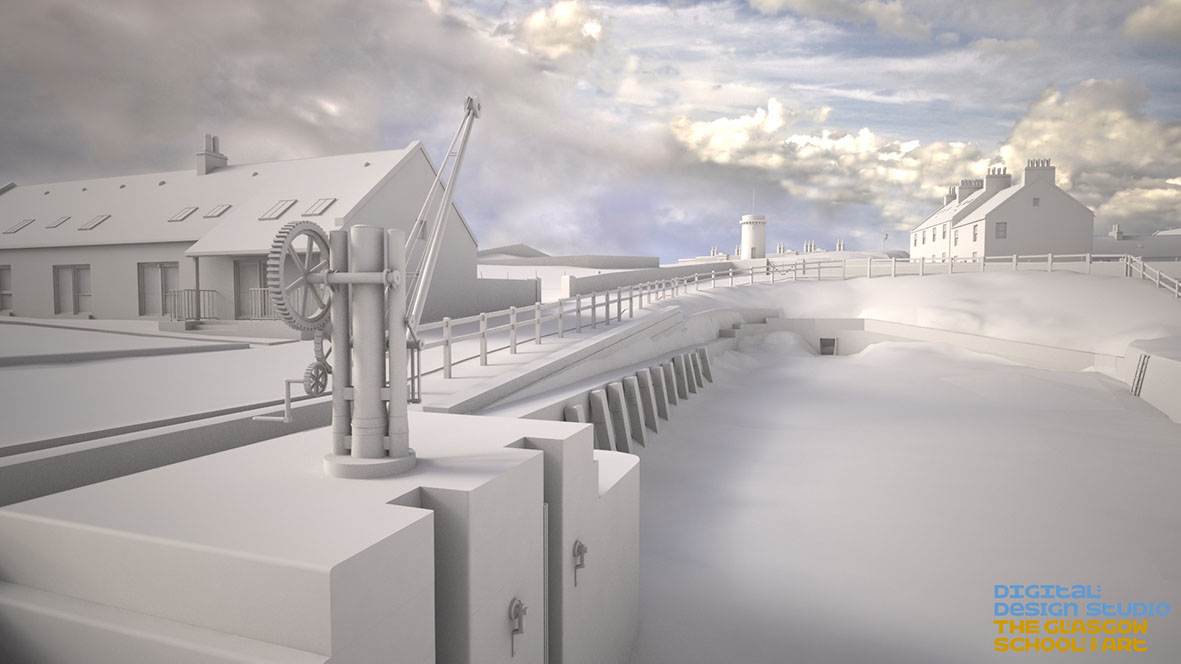
In 2017, I worked as a graphics specialist at a cultural resource management firm that conducts archaeological and historic architecture assessments. I photographed historic structures, mapped boundary lines in ArcGIS, and designed interpretive and wayfinding signage for clients.
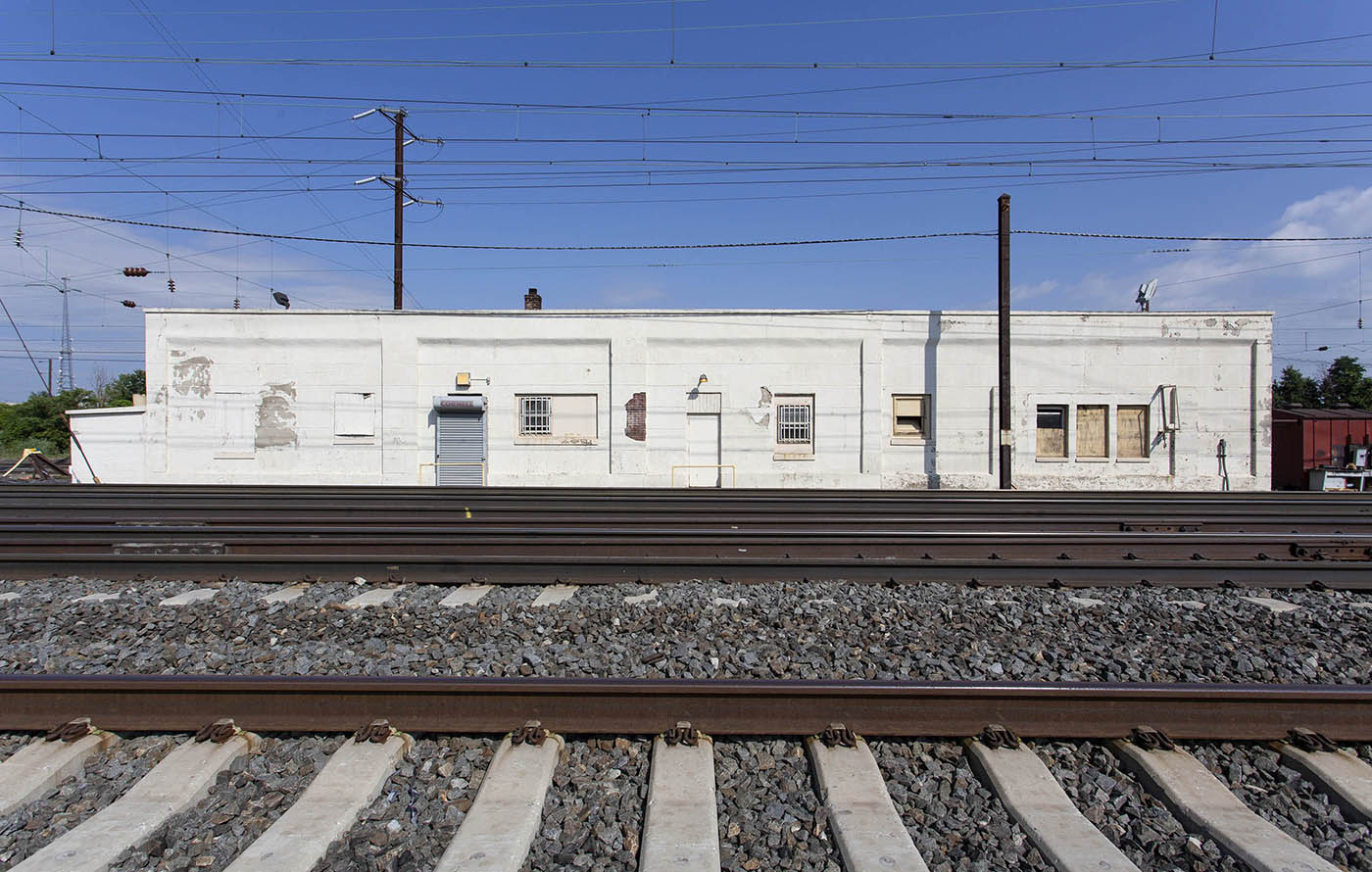

It was during this period of my professional life that I realized that something was missing. Although it is immensely important to document cultural heritage to preserve our history, I no longer felt connected to people and their experiences.

And there it was. UX Design. I found myself back where I knew I belonged - surrounded by people and their stories. Only this time I have the tools to be more than just an active listener and more than just an observant traveler.
Now, by designing experiences that reflect the needs of my users, I can make a difference in how they view the world. That’s what I love most about UX design - its impact.
And yes, I know - it can go either way. Bad design can leave you feeling powerless and frustrated. It’s a huge responsibility. But if you get it right, the reward is unmatched - someone finding love, reconnecting with an old friend, getting home
on time.
Small decisions make good design, and good design leads to big impacts. That’s what I’m committed to - intentional design that brings people together.

I’m usually hanging from a trapeze at my circus gym. I've never missed an episode of This American Life or Malcolm Gladwell's Revisionist History (ask me which other podcasts I like). I speak Portuguese fluently and am currently learning Polish.
